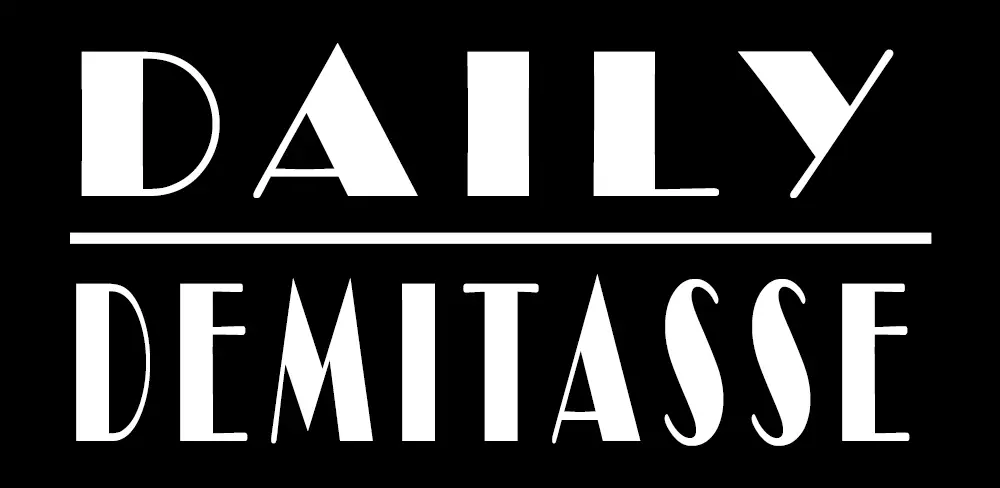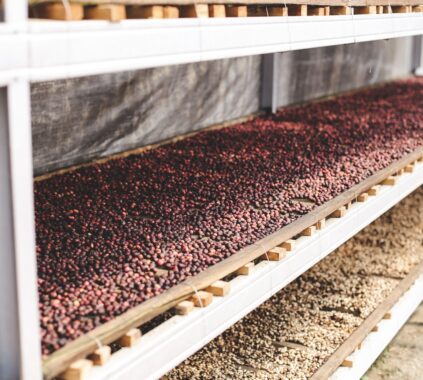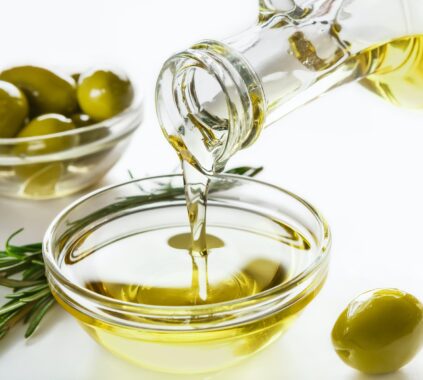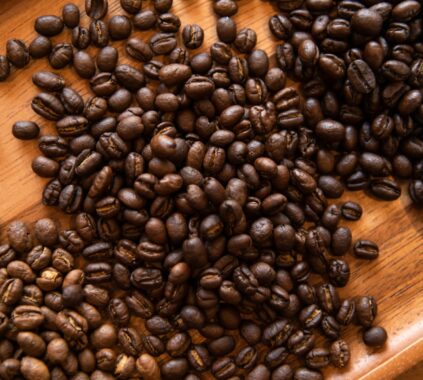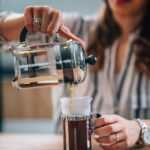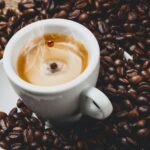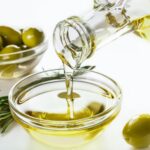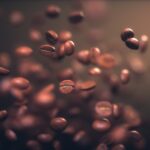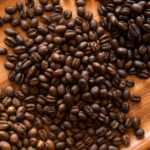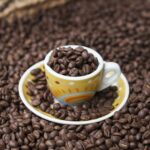Table of Contents
A Good Pour Over
Pour over coffee is a favorite method among coffee enthusiasts who appreciate the delicate, nuanced flavors that can be achieved through precise brewing techniques. In this article, we’ll explore the history of pour over coffee, its benefits, how to brew it, and how it compares to other brewing methods.
Check Our our Pour Over Coffee Done Right Article!
History of Pour Over Coffee
Origin
Pour over coffee brewing can be traced back to early 20th century Germany, when Melitta Bentz, a housewife from Dresden, invented the first paper coffee filter. Dissatisfied with the sediment and bitterness in her coffee, she sought to create a cleaner, more enjoyable cup. The Melitta Company still sells coffee filters today.
Evolution
Over the years, pour over coffee has continued to gain popularity due to its ability to produce a consistently clean and flavorful cup. Today, there are many pour over devices available, each with its own unique design and features, including the Hario V60, Chemex, and Kalita Wave.

The Pour Over Method Today
Modern Design
Pour over coffee makers typically consist of a cone-shaped brewer with a paper or metal filter. The coffee grounds are placed in the filter, and hot water is poured over the grounds, allowing the coffee to drip through the filter and into a carafe or cup below.
Popular Brands
Some well-known pour over coffee brands include Hario, Chemex, Kalita, and Melitta, offering various designs, materials, and sizes to suit different preferences and brewing needs.
Benefits of Pour Over Coffee
Control Over Brewing Process
Pour over coffee gives you complete control over every aspect of the brewing process, from the grind size to the water temperature and pouring technique. This allows you to fine-tune your coffee to your exact taste preferences.
Clean, Clear Flavor
The paper filters used in pour over brewing remove oils and sediment from the final cup, resulting in a cleaner, crisper flavor profile that highlights the coffee’s unique characteristics.
Easy to Use and Clean
Pour over coffee makers are generally simple to use and easy to clean, making them a convenient option for daily brewing.
How to Brew Pour Over Coffee
Gather Ingredients
To start, you’ll need fresh coffee beans, clean water, a pour over brewer, and a filter.
Grind Coffee Beans
Grind your coffee beans to a medium-fine consistency. The grind size should resemble the texture of sea salt or granulated sugar.
Check out our Guide on Coffee Grinds
Heat Water
Heat your water to about 195-205°F (90-96°C). If you don’t have a thermometer, wait for the water to come to a boil, then let it sit for about 30 seconds to reach the optimal temperature.
Prepare Brewer and Filter
Place the filter in the pour over brewer, and rinse it with hot water to remove any paper taste and to preheat the brewer.
Add Coffee and Water
Pour the coffee grounds into the filter, and add the hot water using a slow, circular motion. Start by saturating the grounds with just enough water to allow them to “bloom” (release CO2). Wait about 30 seconds, and then continue pouring the water in a slow, steady stream.
Enjoy Your Coffee
Once all the water has passed through the grounds, remove the filter and enjoy your freshly brewed pour over coffee!

Tips for a Perfect Brew
Choosing Coffee Beans
Select high-quality, freshly roasted coffee beans to ensure the best flavor. Experiment with different roast levels and origins to find the perfect beans for your taste preferences.
Check out our Coffee Roast Page!
Water Temperature
Maintaining the correct water temperature (195-205°F or 90-96°C) is crucial for proper extraction. Too hot, and your coffee may taste bitter; too cold, and it may taste under-extracted.
Pouring Technique
A slow, steady, and consistent pour is essential for even extraction and a balanced cup of coffee. Consider using a gooseneck kettle for more control over the pouring process.
Brew Ratio
A common brew ratio for pour over coffee is 1:16 or 1:17 (coffee to water). Experiment with different ratios to find the one that best suits your taste preferences.
Pour Over vs. Other Brewing Methods
Pour Over vs. French Press
While pour over coffee offers more clarity and a cleaner taste, French Press coffee produces a bolder, richer cup. Both methods provide control over the brewing process, but the pour over method requires more attention and precision.
Pour Over vs. Drip
Drip coffee makers automate the brewing process, making them more convenient for busy mornings. However, pour over coffee allows for greater control over the brewing variables, resulting in a more refined and customizable cup.
Pour Over vs. AeroPress
The AeroPress is a versatile brewing method that can produce a range of coffee styles, from espresso-like to pour over-like brews. Pour over coffee focuses on creating a consistently clean and flavorful cup, requiring more hands-on effort.
Pour Over vs. Espresso
Espresso is a concentrated, intense coffee made using pressure, while pour over coffee relies on gravity and a slow, controlled pour. Espresso requires specialized equipment and more skill, whereas the pour over method is simpler and more accessible.
Conclusion
Pour over coffee is an artful brewing method that rewards patience and precision with a clean, delicious cup that showcases the unique flavors of your chosen coffee beans. With practice and attention to detail, you can master the pour over method and enjoy a truly satisfying coffee experience.
FAQs
How long does it take to brew pour over coffee?
Brewing pour over coffee typically takes 3-5 minutes, depending on the volume of coffee being brewed and the pouring technique used.
Can I use pre-ground coffee for pour over?
While it’s possible to use pre-ground coffee, it’s best to grind your beans just before brewing for optimal freshness and flavor. Also, ensure the grind size is medium-fine, as coarser grinds may result in under-extraction.
Do I need a special kettle for pour over coffee?
While a standard kettle can work, a gooseneck kettle is recommended for pour over brewing, as it allows for better control and precision when pouring the water.
What is the difference between pour over and Chemex?
Chemex is a specific brand of pour over coffee maker, known for its elegant glass design and thicker paper filters. The thicker filters result in an even cleaner, more refined cup compared to other pour over methods.
Should I use a paper or metal filter for pour over coffee?
Paper filters produce a cleaner cup with less sediment and oils, while metal filters allow more oils and fines to pass through, resulting in a fuller-bodied brew. Choosing between paper and metal filters ultimately depends on your personal taste preferences and desired coffee profile.
Daily Demitasse is a participant in the Amazon Services LLC Associates Program, an affiliate advertising program designed to provide a means for sites to earn advertising fees by advertising and linking to Amazon.com. We also participate in other affiliate programs which compensate us for referring traffic.
